Table Of Content
- Understanding Sleeping Bag Temperature Ratings
- Factors to Consider When Choosing a Sleeping Bag
- Decoding the Camping Temperature Ratings
- Matching Your Sleeping Bag to the Season
- Tips for Selecting the Best Fit Sleeping Bag
- Factors to Consider When Choosing a Sleeping Bag
- Sleeping Bag Temperature Ratings
- Weight and Portability
- Insulation Type
- Camping Temperature Ratings
- Size and Fit
- Additional Features
- Decoding the Camping Temperature Ratings
- Understanding Sleeping Bag Temperature Ratings
- Factors to Consider When Choosing a Sleeping Bag
- Types of Insulation for Sleeping Bags
- Matching Your Sleeping Bag to the Season
- Tips for Selecting the Best Fit Sleeping Bag
- Types of Insulation for Sleeping Bags
- Down Insulation
- Synthetic Insulation
- Hybrid Insulation
- Matching Your Sleeping Bag to the Season
- Understanding Sleeping Bag Temperature Ratings
- Factors to Consider When Choosing a Sleeping Bag
- Decoding the Camping Temperature Ratings
- Types of Insulation for Sleeping Bags
- Tips for Selecting the Best Fit Sleeping Bag
- Tips for Selecting the Best Fit Sleeping Bag
- Get Cozy in the Right Sleeping Bag
- Consider Your Sleeping Habits
- Check the Temperature Ratings
- Choose the Right Size
- Know the Insulation Type
- Match Your Bag to the Season
- Frequently Asked Questions (FAQs)
Welcome, outdoor enthusiasts and camping lovers! As an expert in camping gear and equipment, I am thrilled to delve into the intricate world of sleeping bag temperature ratings. The right sleeping bag for outdoor adventures is crucial for a comfortable and restful night under the stars.
Understanding sleeping bag temperature ratings is fundamental when choosing the best fit for your camping excursions. These ratings provide valuable insights into the lowest temperature at which a sleeping bag can keep you warm. You can ensure a cozy and relaxing night’s sleep by matching the bag’s rating with the expected camping temperature.
When faced with many options, it’s essential to consider factors such as insulation type, fill power, and design to find the perfect sleeping bag. Whether camping in the summer heat or braving chilly winter nights, a well-suited sleeping bag will be your trusted companion for a good night’s rest.
Join me in exploring camping temperature ratings and essential gear as we uncover the art of choosing the best-fit sleeping bag for your outdoor escapades.
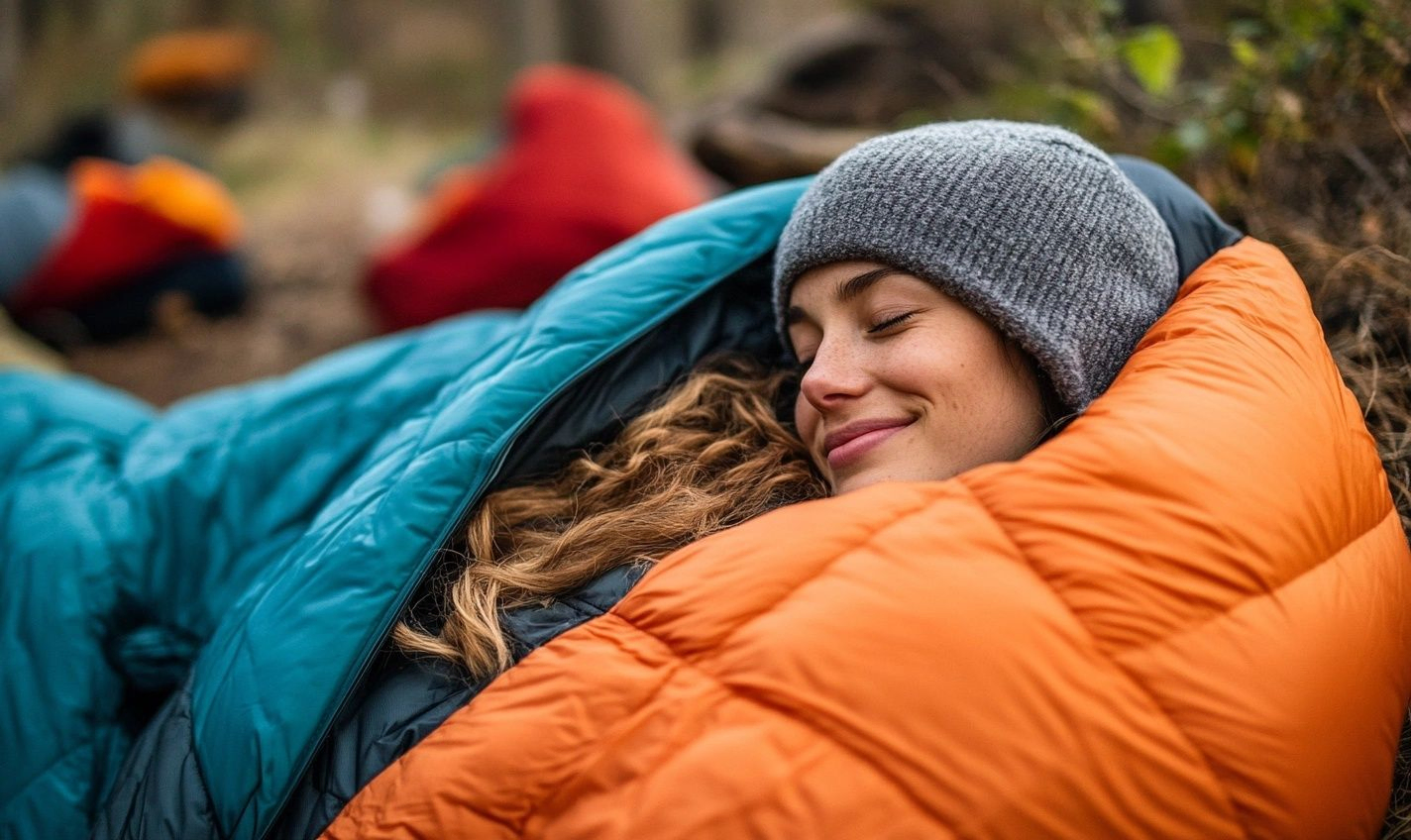
Understanding Sleeping Bag Temperature Ratings
When choosing a sleeping bag for your camping adventures, understanding sleeping bag temperature ratings is crucial to staying warm and comfortable through the night. With many options available, knowing how to decode these ratings will help you select the sleeping bag that best suits your needs.
Factors to Consider When Choosing a Sleeping Bag
Consider the following factors when selecting a sleeping bag:
- Temperature rating
- Insulation type
- Weight and packability
- Size and shape
Decoding the Camping Temperature Ratings
Camping temperature ratings can be confusing. Keep in mind:
- A sleeping bag’s temperature rating indicates the lowest temperature to keep you warm.
- Comfort ratings are higher and more suitable for general camping conditions.
Matching Your Sleeping Bag to the Season
Choose your sleeping bag based on the season and climate:
- Summer bags (32°F and higher)
- 3-season bags (20°F to 32°F)
- Winter bags (20°F and lower)
Understanding the distinctions between these choices can significantly affect your comfort while camping.
Tips for Selecting the Best Fit Sleeping Bag
Here are some tips to help you find the perfect sleeping bag:
- Try different styles to find what fits you best.
- Consider your sleep habits and whether you move around during the night.
- Take your body measurements into account for the best fit.
Remember, your sleeping bag is like your cozy cocoon when you’re out in the wilderness. Choose wisely to ensure a good night’s sleep under the stars!
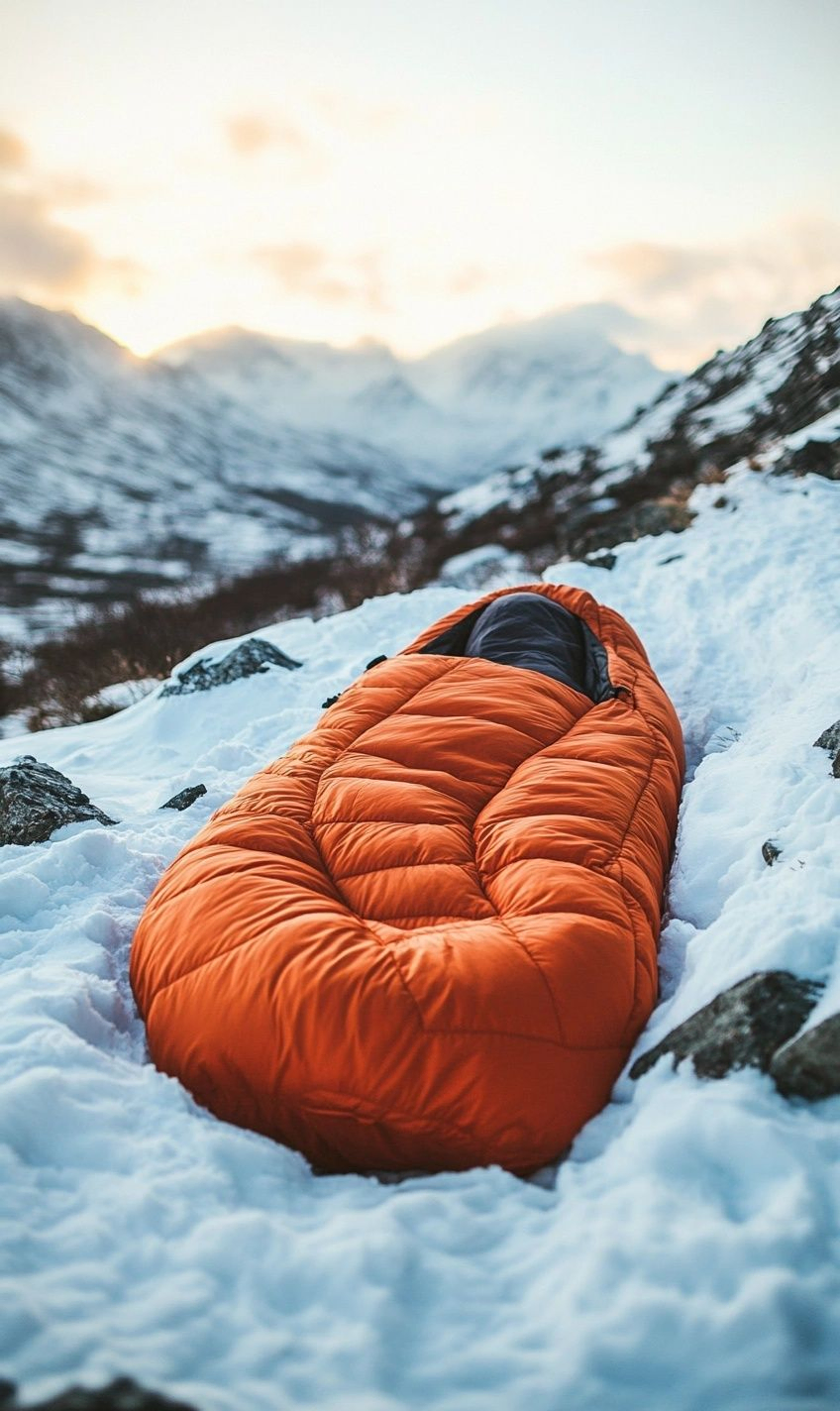
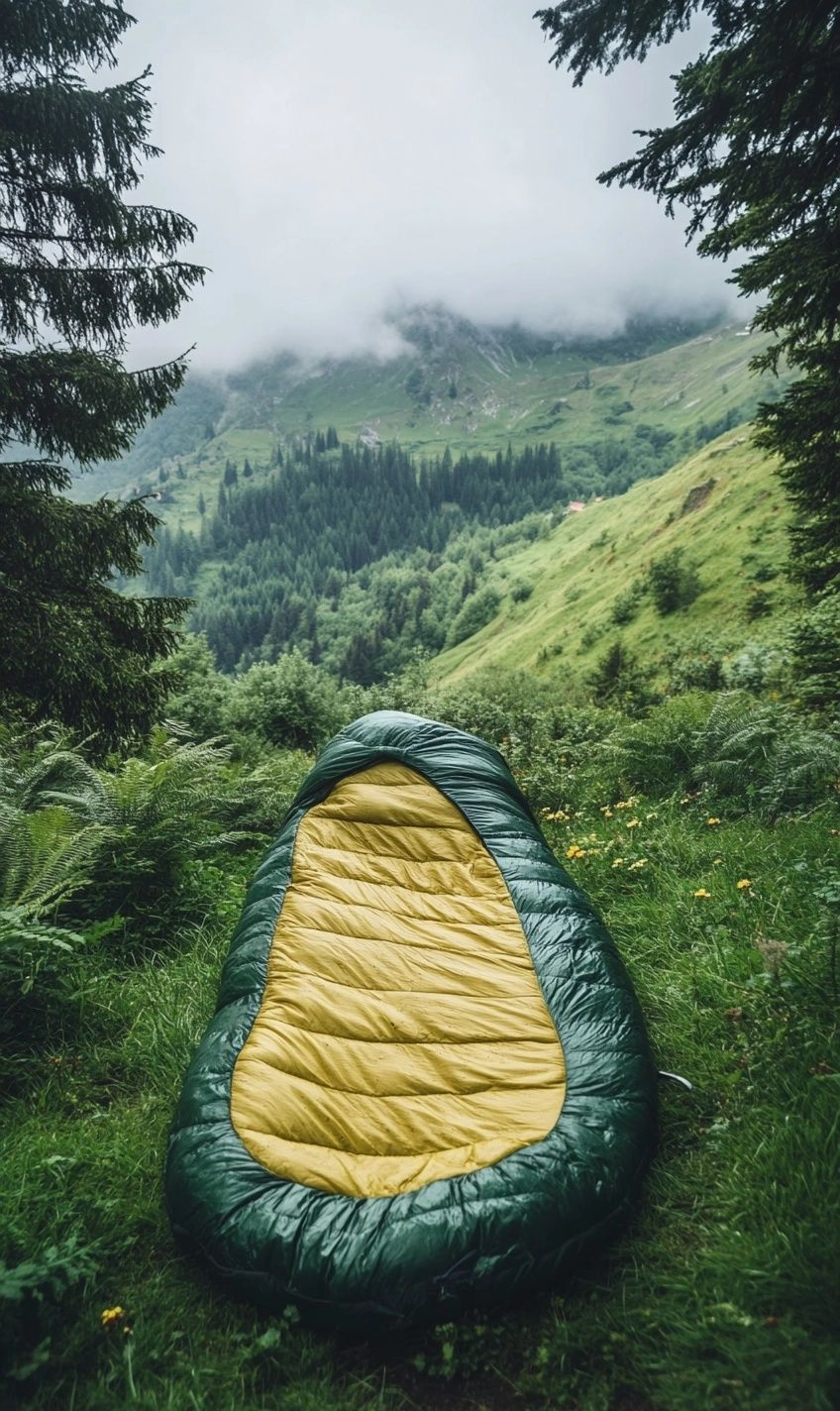
Factors to Consider When Choosing a Sleeping Bag
Choosing the right sleeping bag is one of the most crucial decisions for a camping trip. With many options on the market, finding the best fit can be overwhelming. To ensure a cozy night’s sleep under the stars, here are some key factors to consider:
Sleeping Bag Temperature Ratings
Understanding sleeping bag temperature ratings is essential. These ratings indicate which bag’s lowest temperature will keep you warm. Consider the expected nighttime temperatures at your camping destination to choose a bag that offers adequate insulation.
Weight and Portability
Depending on your camping style, you’ll want to consider the weight and portability of your sleeping bag. Are you backpacking long distances or car camping? Opt for a lighter bag for backpacking and a more spacious, heavier one for car camping.
Insulation Type
There are two main types of insulation for sleeping bags: down and synthetic. Consider the pros and cons of each, such as down’s excellent warmth-to-weight ratio versus synthetic’s moisture resistance.
Camping Temperature Ratings
Decoding the camping temperature ratings provided by manufacturers is crucial. These ratings indicate the ideal temperature range for the bag, helping you determine if it suits your camping conditions.
Size and Fit
Ensuring your sleeping bag fits appropriately is essential for staying warm. A bag that’s too large will be drafty, while one that’s too small will be uncomfortable. When selecting the size, consider your height and shoulder width.
Additional Features
When choosing a sleeping bag, look for additional features that enhance comfort and functionality, such as a hood, draft collar, or stash pocket for essentials like your phone or headlamp.
Considering these factors, you’ll be better equipped to select a sleeping bag that meets your camping needs, ensuring a restful night’s sleep regardless of outdoor conditions.
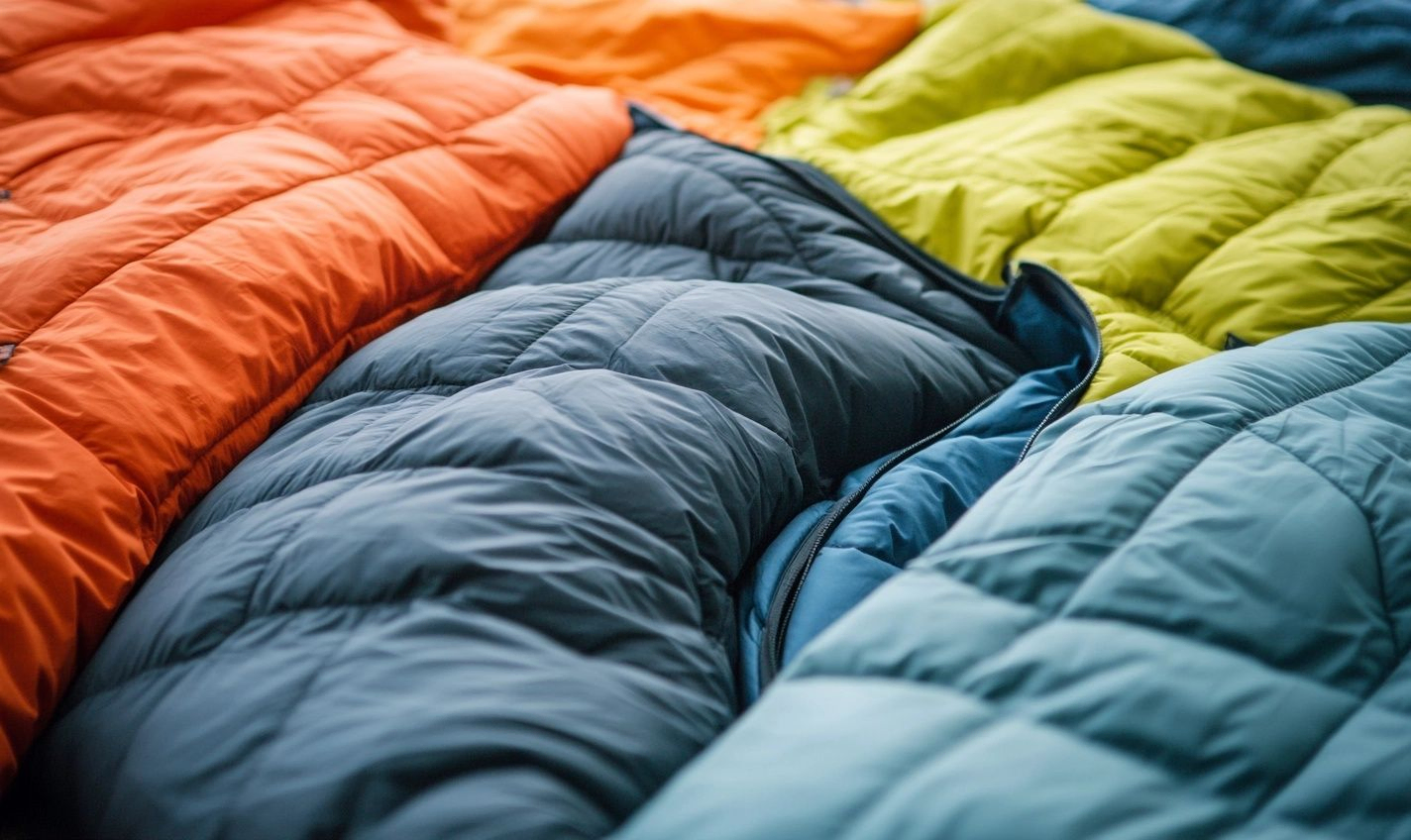
Decoding the Camping Temperature Ratings
A sleeping bag is one of the most crucial gear you’ll need when embarking on a camping adventure. However, with the myriad of available options, it can be challenging to determine which one best fits your needs. Understanding sleeping bag temperature ratings is essential to ensure a comfortable night’s sleep in the great outdoors.
Understanding Sleeping Bag Temperature Ratings
Have you ever wondered what those numbers on sleeping bags mean? Sleeping bag temperature ratings provide information on the range of temperatures in which a particular sleeping bag is designed to keep you warm and comfortable. But deciphering these ratings can be tricky if you’re unfamiliar with the system.
Factors to Consider When Choosing a Sleeping Bag
When selecting a sleeping bag, several factors come into play to ensure you stay cozy throughout the night. One of the most critical factors is the camping temperature ratings of sleeping bags. Here are some other factors to consider:
- Insulation type
- Weight and packability
- Size and shape
- Price and budget
Types of Insulation for Sleeping Bags
Generally, sleeping bags use two types of insulation: down and synthetic. Down insulation offers a superior warmth-to-weight ratio but can lose its insulating properties when wet. On the other hand, synthetic insulation retains warmth even when damp, making it a versatile choice for humid conditions.
Matching Your Sleeping Bag to the Season
It’s crucial to match your sleeping bag to the camping temperature ratings of the season you’ll be camping in. A three-season sleeping bag is suitable for spring, summer, and fall, while winter is designed for colder temperatures. Choosing the right suitcase ensures you stay comfortable no matter the weather.
Tips for Selecting the Best Fit Sleeping Bag
When it comes to choosing the best-fit sleeping bag, consider the following tips:
- Try out different shapes and sizes to find the most comfortable fit
- Pay attention to the weight and packability for easy transport
- Consider investing in a sleeping bag liner for added warmth
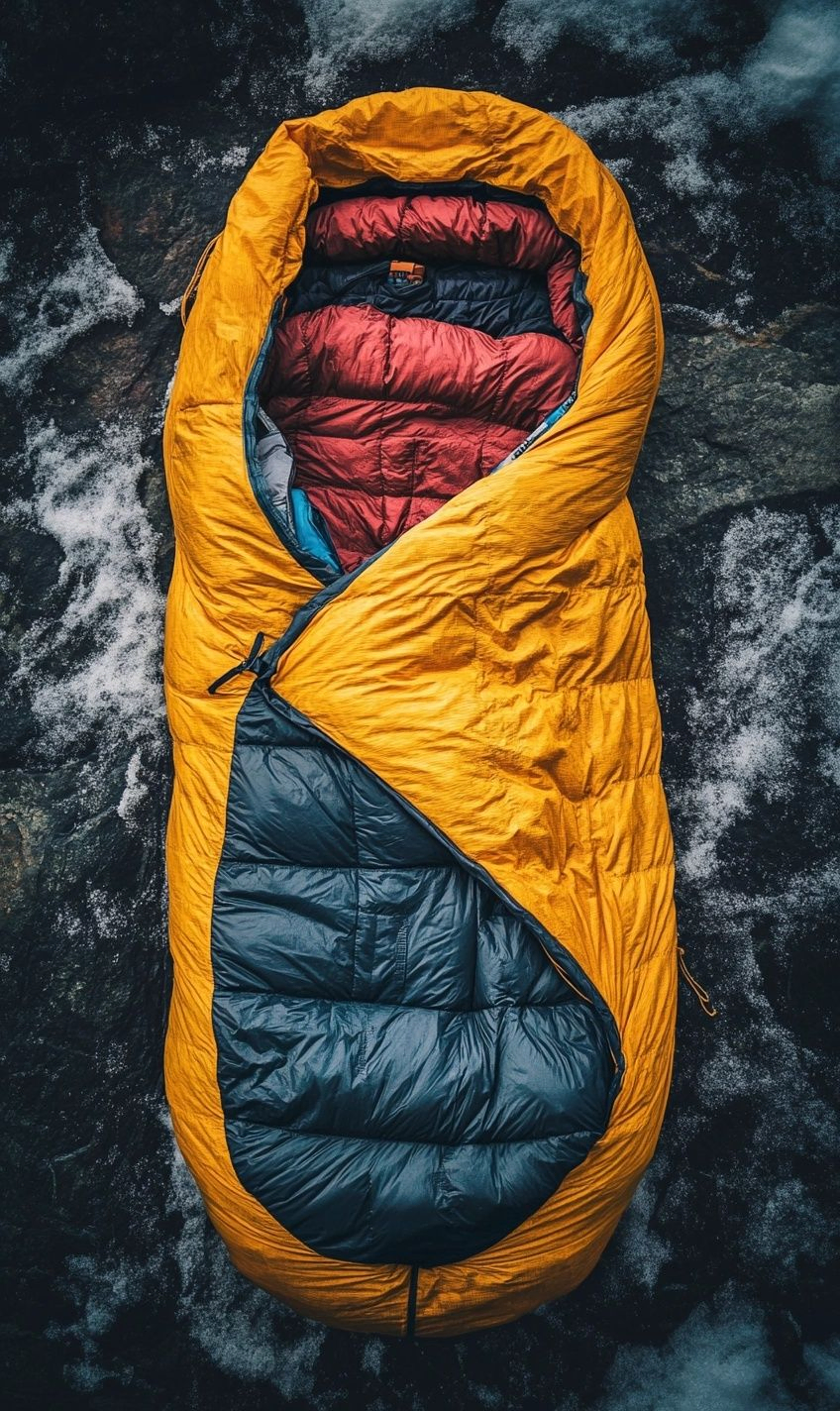
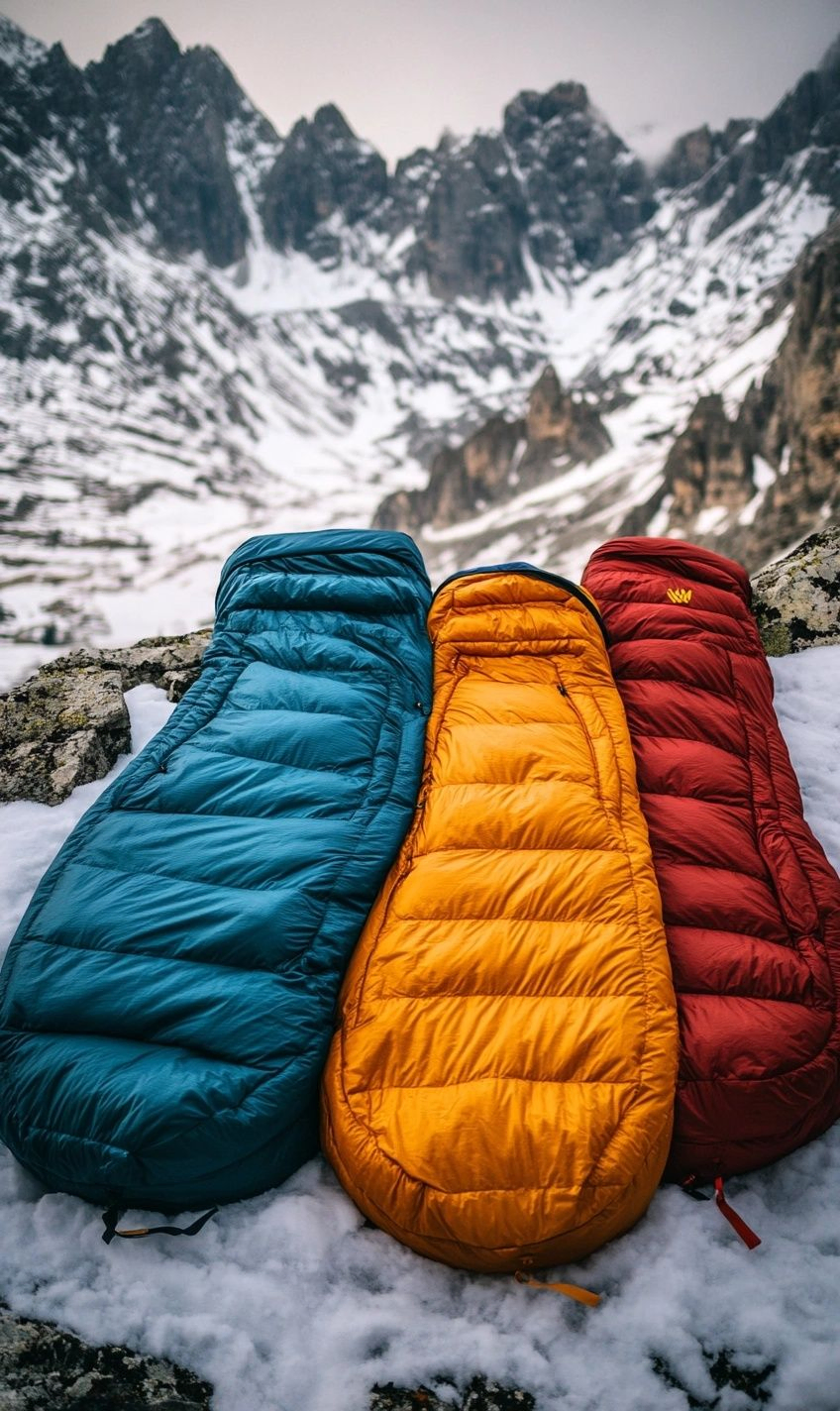
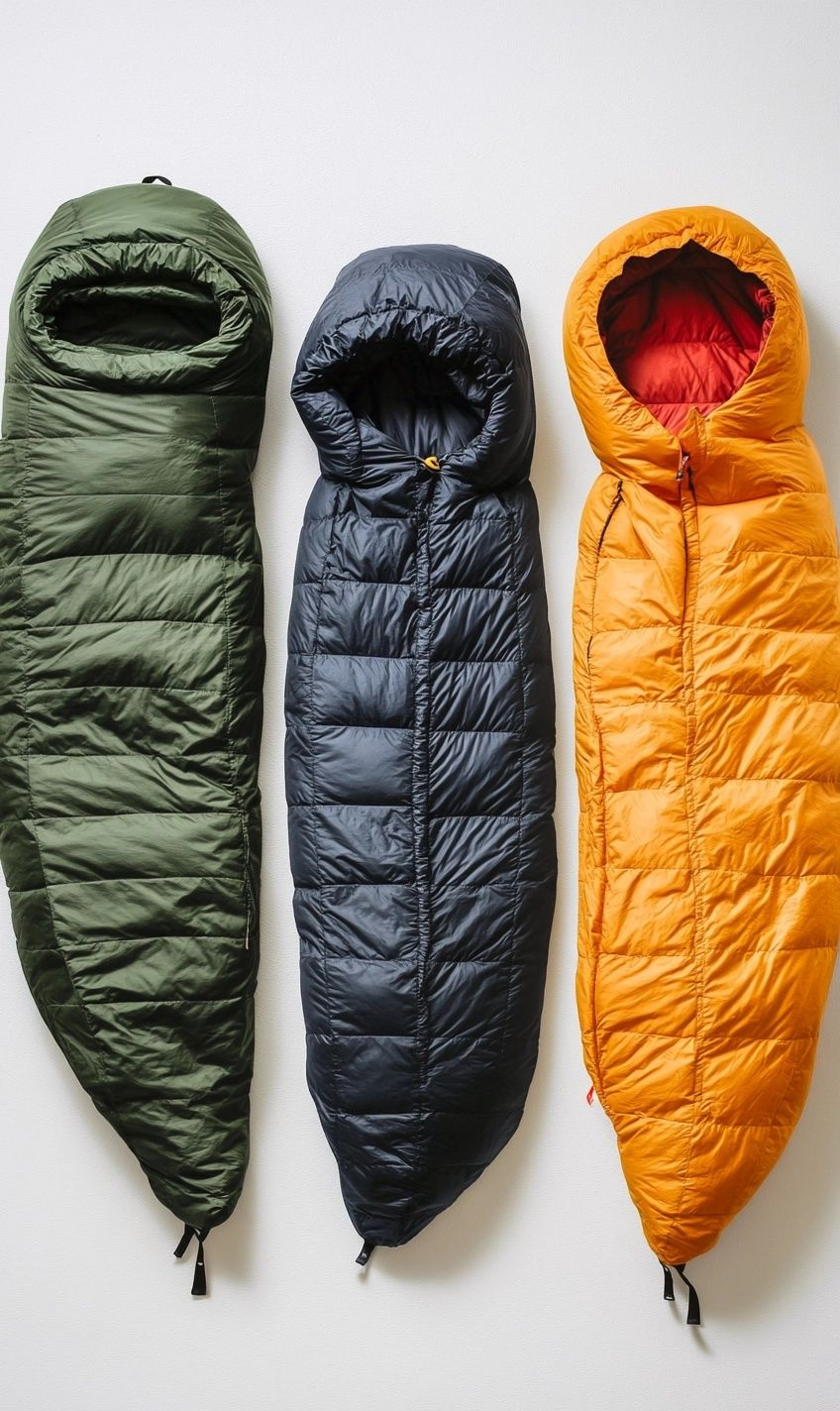
Types of Insulation for Sleeping Bags
Temperature ratings are crucial when choosing the right sleeping bag for your camping adventures. Equally important is understanding the types of insulation used in sleeping bags. Here’s a breakdown of the standard insulation options:
Down Insulation:
Down insulation is prized for its exceptional warmth-to-weight ratio, making it ideal for cold-weather camping. This natural material offers superb compression, making it easy to pack and transport.
Synthetic Insulation:
Synthetic insulation, on the other hand, is fantastic for wet conditions. Unlike down, synthetic material provides warmth even when wet, making it a reliable choice for unpredictable weather.
Hybrid Insulation:
As the name suggests, hybrid insulation combines the best of both worlds. By blending down and synthetic materials, hybrid sleeping bags offer warmth, water resistance, and versatility.
Now that you know about the different types of insulation, how do you choose the best-fit sleeping bag for your camping trips? Let’s explore some important factors to consider.
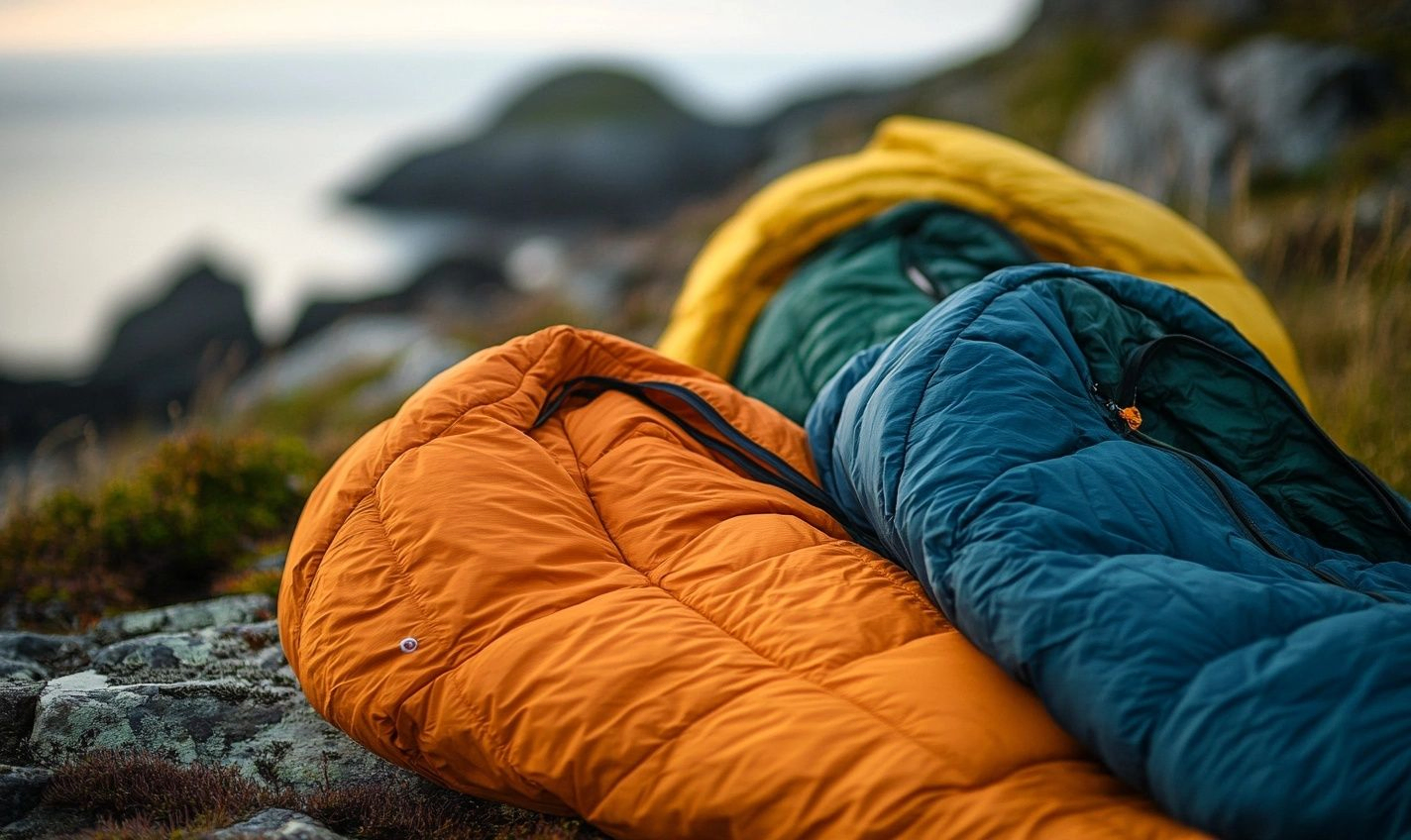
Matching Your Sleeping Bag to the Season
Choosing the right sleeping bag for your camping adventure is crucial for a comfortable night’s sleep under the stars. Sleeping bag temperature ratings play a vital role in determining which bag will best suit your needs, with various options available to match different seasons and weather conditions.
Understanding Sleeping Bag Temperature Ratings
These ratings indicate the lowest temperature at which a sleeping bag can keep an average person warm. But remember, personal preferences and factors like metabolism can affect how warm or cold you feel.
Factors to Consider When Choosing a Sleeping Bag
Consider the following factors:
- Temperature rating
- Insulation type
- Bag shape and size
- Weight and packability
Decoding the Camping Temperature Ratings
Understanding the camping temperature ratings will ensure you stay comfortable in your sleeping bag. To be safe, choose a bag rated for temperatures slightly lower than what you expect to encounter.
Types of Insulation for Sleeping Bags
Two common types of insulation are down and synthetic. Down sleeping bags are lightweight and packable, ideal for cold, dry conditions. Synthetic sleeping bags are more durable and perform better in wet environments.
Tips for Selecting the Best Fit Sleeping Bag
Select a sleeping bag that fits snugly but allows you to move comfortably. Consider the following tips:
- Try the sleeping bag before purchasing
- Check the length and width to ensure a good fit
- Consider any extra features needed, like a hood or draft collar
Remember, the best-fit sleeping bag is the one that keeps you warm and comfortable throughout the night. So, assess the temperature ratings, insulation type, and overall fit to find the perfect match for your camping experience.
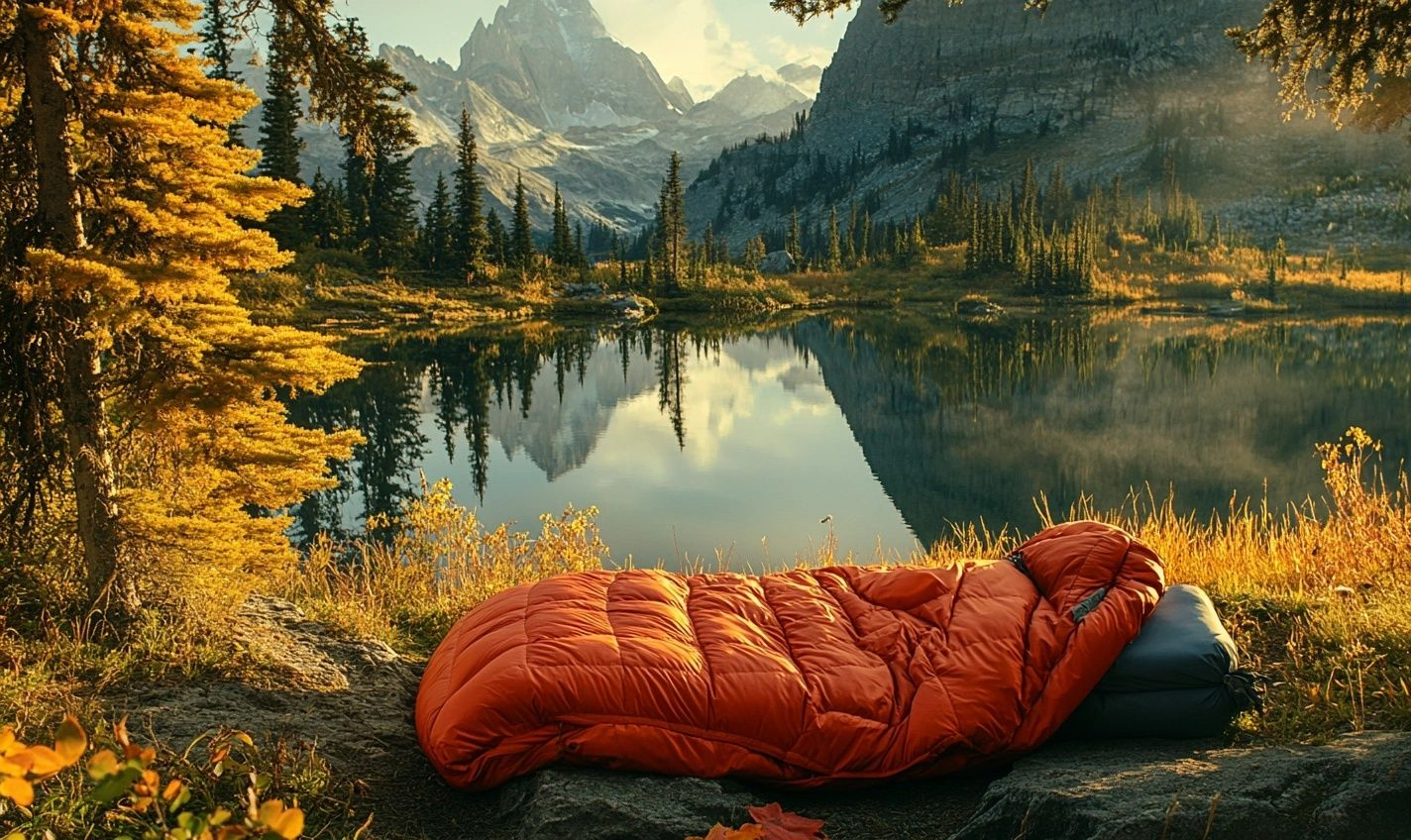
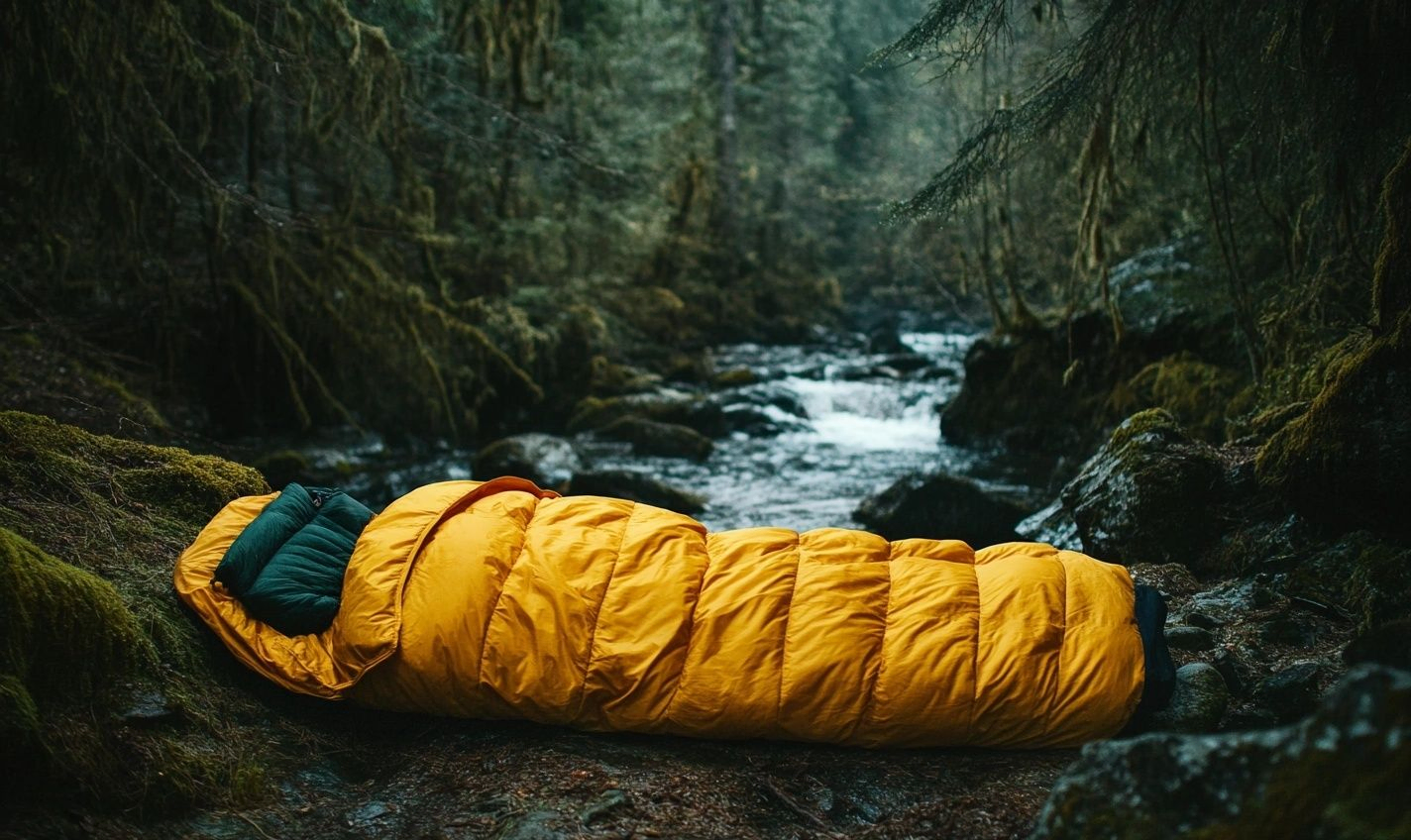
Tips for Selecting the Best Fit Sleeping Bag
Get Cozy in the Right Sleeping Bag
A comfortable sleeping bag is crucial camping gear. But with so many options, how do you choose the best one for your adventures?
Consider Your Sleeping Habits
Are you a cold sleeper or a warm sleeper? Knowing this can help you determine your desired temperature rating in a sleeping bag. Consider where and when you’ll be camping to ensure the right fit.
Check the Temperature Ratings
Please pay attention to the sleeping bag’s temperature ratings. They indicate the lowest temperature at which the bag will keep you warm. Look for bags rated for the coldest nights you anticipate.
Choose the Right Size
Your sleeping bag should fit snugly but not too tight. When selecting a bag, consider your height and shoulder width. Too much extra space can make it challenging to stay warm.
Know the Insulation Type
There are two main types of insulation for sleeping bags: down and synthetic. Down is lightweight and compressible but loses its insulating properties when wet. Synthetic insulation, on the other hand, retains warmth even when damp.
Match Your Bag to the Season
Selecting a sleeping bag that matches the season you’ll be camping in is crucial. A summer bag won’t cut it for winter camping. Consider where you’ll be and the typical conditions there.
Follow these tips, and you’ll be well on your way to finding the best-fit sleeping bag for your camping adventures. Remember, a good night’s sleep is essential for a fun-filled day in the great outdoors!
Conclusion
Choosing the right sleeping bag with the appropriate temperature rating is crucial for a comfortable and enjoyable camping experience. Understanding the various temperature ratings and how they correspond to different weather conditions can make all the difference in ensuring a good night’s sleep outdoors.
By carefully considering factors such as season, location, and personal preferences, you can narrow down your options and find the sleeping bag that best suits your needs. Consider your body heat and any additional layers you may wear while sleeping.
Whether camping in the chilly mountains or under the starry sky on a warm summer night, having the right sleeping bag can make or break your camping trip. Investing in a quality sleeping bag with the appropriate temperature rating can keep you cozy and comfortable throughout the night, allowing you to enjoy the great outdoors fully.
So, next time you’re shopping for a sleeping bag, pay attention to the temperature ratings and choose one that suits the conditions you’ll be facing. With the right sleeping bag in tow, you can rest assured that you’ll have a restful night’s sleep no matter where your outdoor adventures take you.
Frequently Asked Questions (FAQs)
Q: What do sleeping bag temperature ratings mean?
A: Sleeping bag temperature ratings indicate the lowest temperature at which a bag is designed to keep the average sleeper warm.
Q: How do you choose a sleeping bag based on camping temperature ratings?
A: Consider the lowest temperature you expect to encounter during your camping trips and choose a bag rated a few degrees lower for comfort.
Q: What is the best-fit sleeping bag for different temperature conditions?
A: A bag with a temperature rating slightly below the coldest temperature you expect to experience offers the best balance of warmth and flexibility.
Q: Can a sleeping bag with a higher temperature rating still be comfortable in colder conditions?
A: While possible, it’s not recommended as you may risk feeling cold and uncomfortable during the night.
Q: Is it better to have a sleeping bag with extra warmth for unexpected temperature drops?
A: It’s generally advisable to have a sleeping bag slightly warmer than the expected conditions for added comfort and safety.
Q: Are there ways to improve the warmth of a sleeping bag without changing the temperature rating?
A: Yes, using a sleeping bag liner, wearing suitable base layers, and insulating the ground beneath your sleeping bag can enhance warmth without altering the bag’s rating.







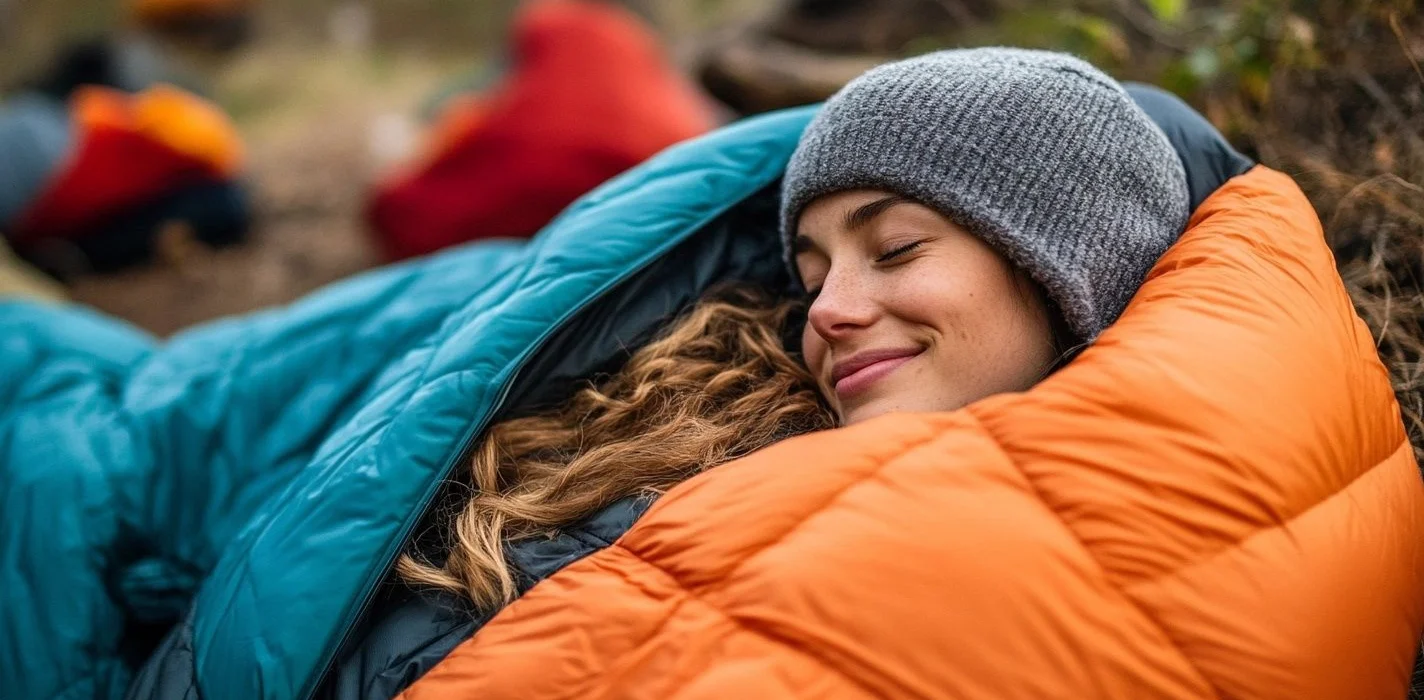
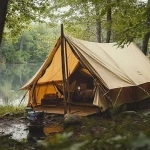
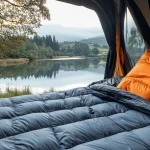
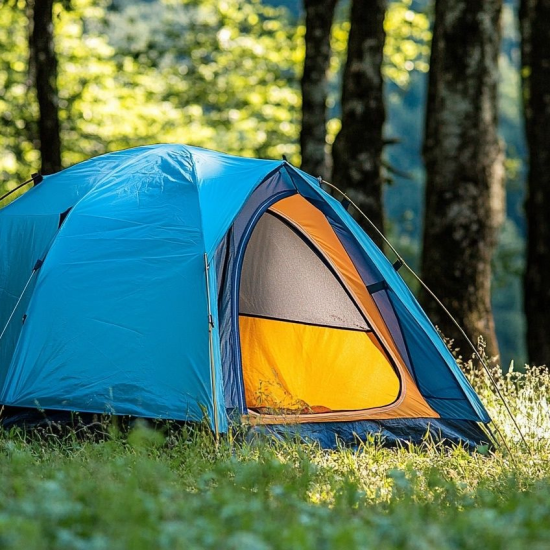
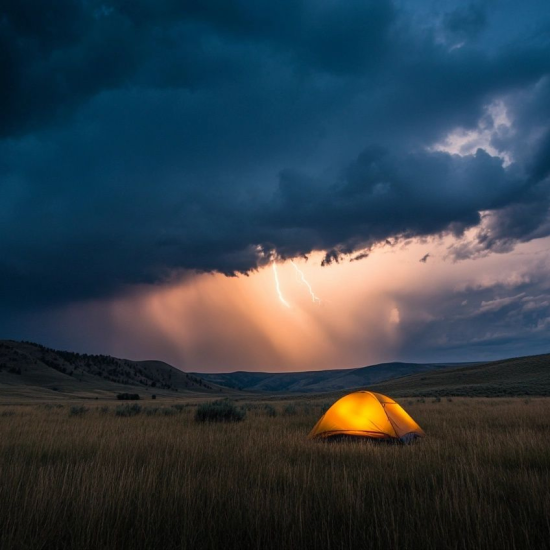
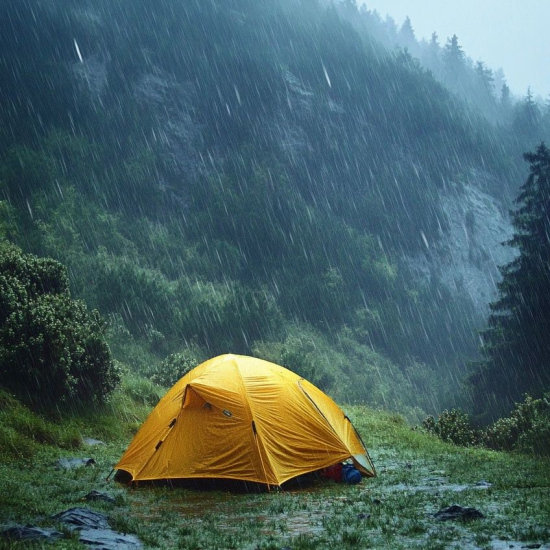
No Comment! Be the first one.